or… What to Expect When You’re Expecting a Timber Frame
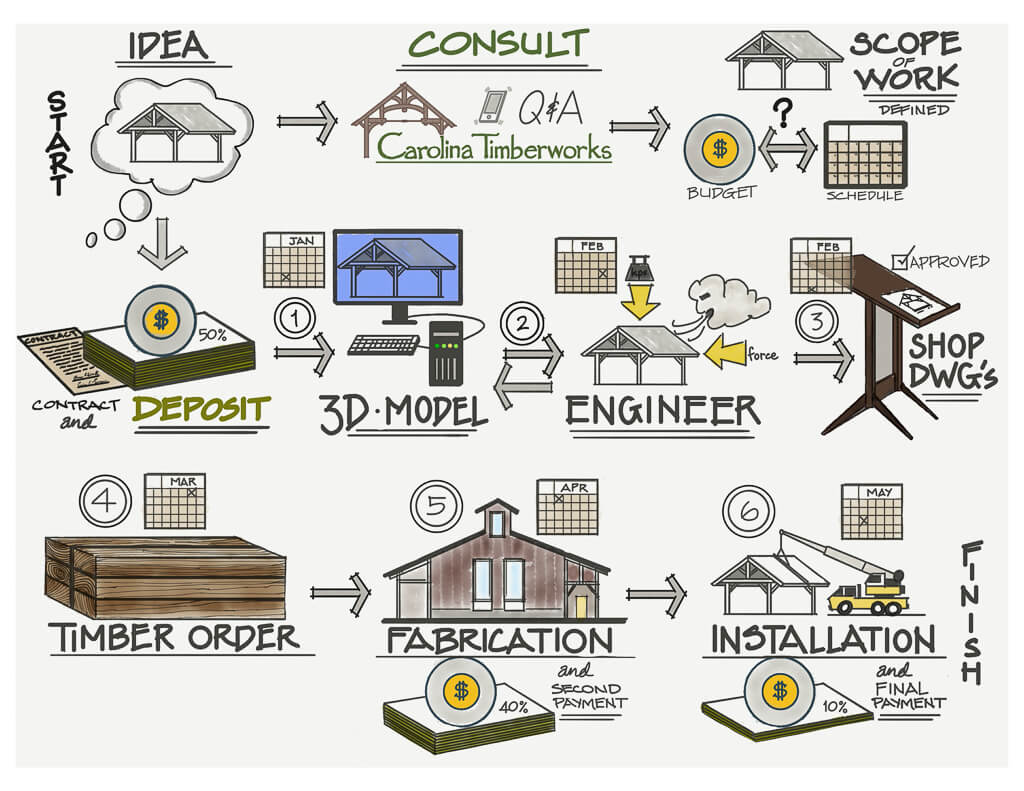
The timber frame construction process is important, regardless of how well the finished product turns out—just ask someone who endured a terrible process to obtain their timber frame.
There is neither a shortcut, nor any secret to designing a timber frame. But whether good or bad, every timber frame company has a process. This is ours.

It starts with a dream: a spark that inspires a homeowner or a business owner to build something.
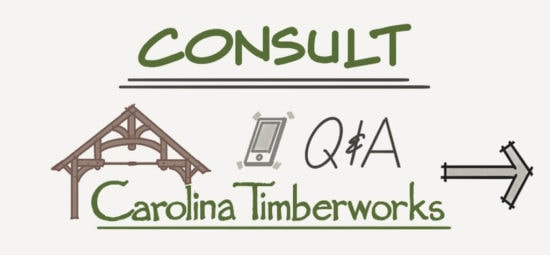
We’ve been doing this long enough to know that we’re not the right fit for every project that comes along. We half-jokingly call this first meeting the “dating phase.” There’s an understood agreement that this meeting is about learning about one another—how we both like to work, what makes us tick, our expectations. We ask you questions, and we answer your questions. (Here are some good ones: How to Interview a Timber Frame Company). Afterward, if either of us doesn’t think the partnership is a good fit, we say so, parting ways amicably and with no hard feelings—and with no expectation of a second date.
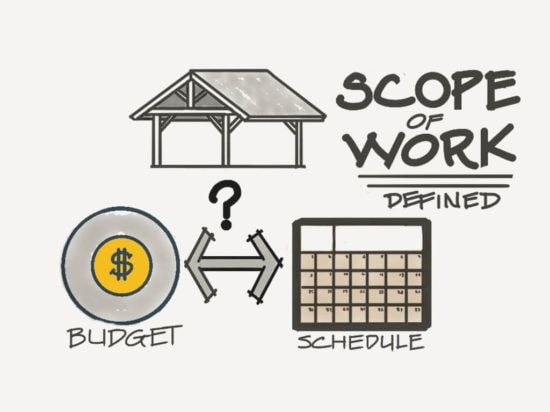
But if, on the other hand, we both agree the match has potential, the discussion turns to taking the budding relationship to the next level. The rosy flush of romance may fade considerably at this point because we (Carolina Timberworks) will bring up the subject of money on only the second date. Tacky, right? To make matters worse, we’ll throw in questions about timing. Uncomfortable though it may be, this refreshingly open communication results in saving both of us a lot of time, money, and frustration. After all, you probably don’t want to spend months waiting (and paying) for a timber frame design, that when finally priced, turns out not to fit your budget.
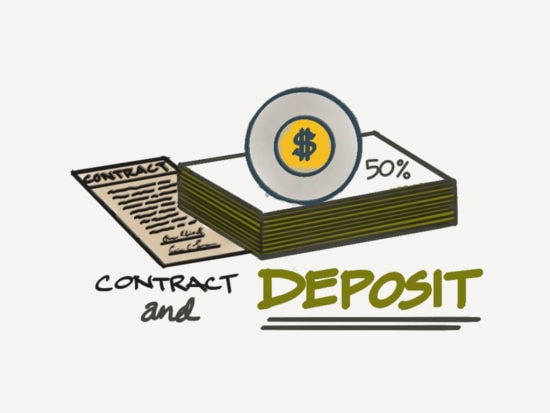
At this point, it’s time to talk commitment. You’re about to “marry” a timber framer—something your mother probably warned you about. (Okay, maybe not. But bet you didn’t know that timber framers’ mothers warn them about marrying the wrong clients!) Doubt and fear make their appearances. But this is why prenuptial agreements (contracts) were invented. Really good timber frame contracts are all about reducing future disagreements and problems by carefully defining what success looks like. The best ones are easy to understand, fair to both parties, contain good drawings, and are typically fairly lengthy. You wouldn’t sign a one-page prenuptial agreement, would you?
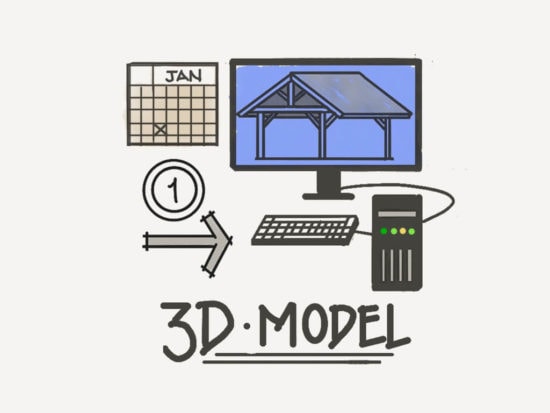
Now something weird happens in the relationship: At this point your honeymoon begins, but your timber framer has to go to work. While you’re basking in the sense of accomplishment that comes from knowing that you’ve conceived the latest addition to your family, your timber framer will be spending a great many days/evenings/weekends in front of a monitor, painstakingly working out a whole lot of details.
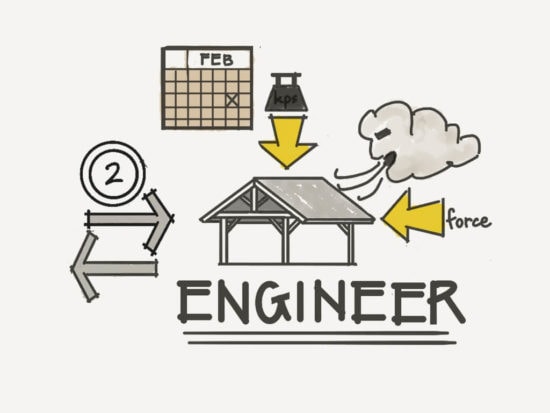
It’s three weeks into your honeymoon. You feel a bit guilty about emailing your timber framer that breathtaking photograph of your view of the Matterhorn from the Mont Cervin hotel in Zermatt, Switzerland. Hard at work, your timber frame spouse replies rather distractedly and with some frustration: “The engineer just called. He woke up in the middle of the night worried about…” The words every timber framer dreads. The “separate honeymoon” phase continues.
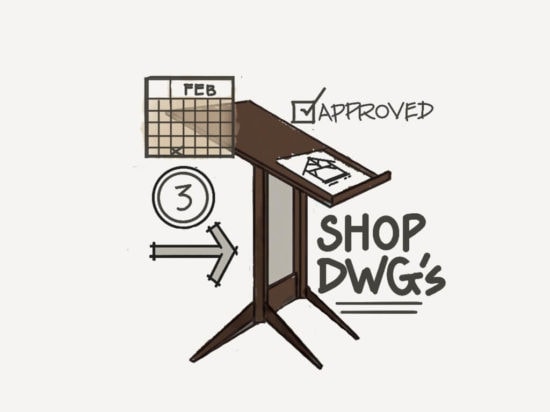
If children were produced like timber frames, sometime prior to birth, you’d receive, with a certain amount of fanfare, an amazingly complex set of drawings from the doctor with every measurement of your baby you could want—and quite a few more—including views from every possible direction or angle. To your dismay, you realize the timber frame shop drawings are pretty complex, and out of your realm of knowledge of design. It’s at this point your architect, builder, or contractor steps in with their trusty red pen, marking up the drawings and suggesting changes. Back to the timber frame shop the drawings go to the love of your life (your timber framer), and in due course, a revised set of drawings arrives in your inbox. Upon consultation with your architect or builder, one of you will sign off on the shop drawings, thereby unleashing the timber frame dogs of war (okay, that doesn’t really work, but always wanted to work that phrase in somewhere).
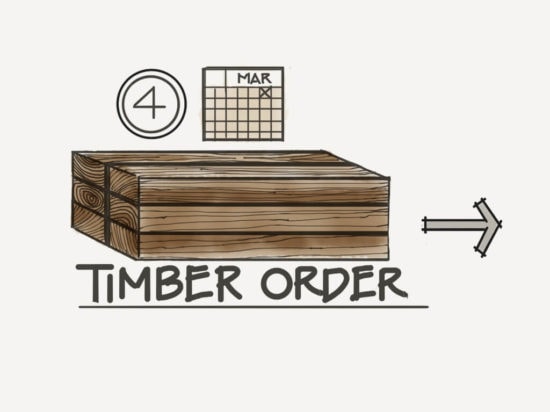
The timber procurement process is a bit like gestating a baby: there are times where it seems like not much is happening. This can be a blessing, for your often hyper-focused timber frame mate appears to relax a bit, and even suggests a meeting. The subject? What to Expect When You’re Expecting a Timber Frame— The Next Steps.
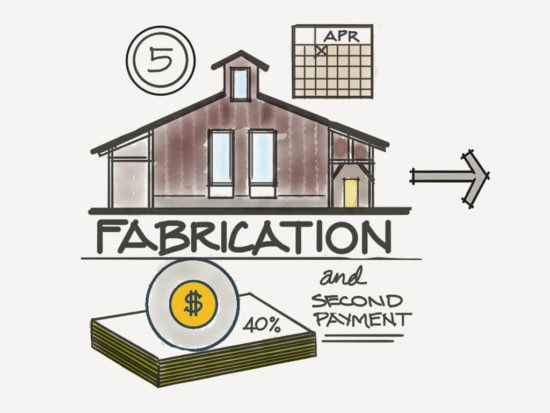
The first thing most people do when walking into a timber frame shop is to pause, smile, and comment how good it smells. Just like babies, freshly cut timber smells good! And just as babies symbolize new life, the beginning of a new job in a timber frame shop always feels like a fresh new start. Some timber frame parents just can’t wait for a peek at their new child, and visit the shop for an early “reveal”. Others, preferring to be surprised, are willing to wait just a few more weeks…
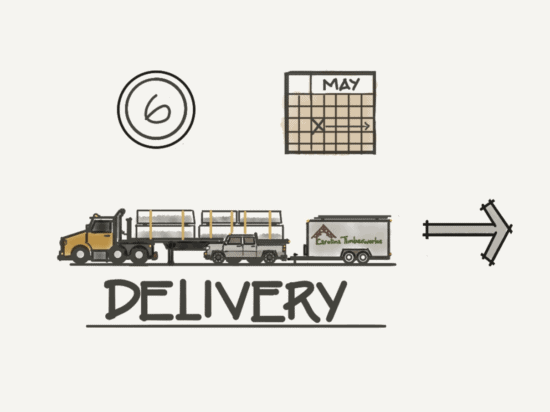

Suddenly, after months and months of slowness, things start to happen—fast. You’ll know you’re entering the final phase when your timber frame spouse’s extended family starts arriving in their pickups to raise your timber frame. You knew the “relatives” (our crew) was part of the deal, but you never expected this many beards, that they’d be this hungry, or that they’d be this nice!

Here’s another family secret: Timber framers don’t really like clothes. Don’t believe me? Watch carefully. Once the timber frame is standing, the crew’s phones will come out. And if you’re lucky you’ll catch a glimpse of each member of the crew, your extended family now, casting one last glance at their baby just before they depart. And if you could read their thoughts, you’d know they think the baby will never look more beautiful than at this moment—completely naked, without a stitch of siding, roofing, or other finishing touch.
